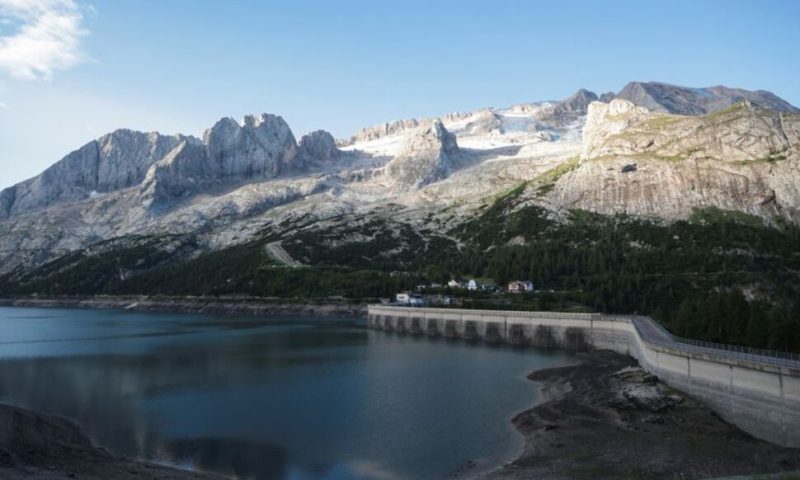MILAN – Glaciers in Europe’s Alps are becoming more unstable and dangerous as rising temperatures linked to climate change are reawakening what were long seen as dormant, almost fossilised sheets of ice.
Italy has been baking in an early summer heatwave and attention had been focused on the impact of drought on crops on the fertile Po Valley.
Further north in the Dolomites, tragedy struck on Sunday when a glacier collapsed on the Marmolada, which at more than 3,300 metres is the highest peak in the mountain range, killing at least six people.
“This summer 2022 risks being the perfect storm for glaciers,” said Giovanni Baccolo, an environmental scientist and glaciologist at Milan-Bicocca University, noting a lack of winter snow and a ferociously hot start to summer.
“Nobody could have expected a glacier like the Marmolada to react like this,” he told Reuters. “It is a kind of climatic fossil, glaciers like the Marmolada are considered ‘placid’, they are expected to just retreat.”
Temperatures on the normally freezing Marmolada touched 10 degrees Celsius (50 Fahrenheit) on Saturday, Veneto regional governor Luca Zaia said at the weekend.
A huge mass of ice collapsed close to Punta Rocca, on the route usually used by hikers and climbers to reach the summit, the Alpine rescue unit said.
“High elevation glaciers such as the Marmolada are often steep and relying on cold temperatures below zero degrees Celsius to keep them stable,” said Poul Christoffersen, professor in Glaciology at the University of Cambridge.
“But climate change means more and more meltwater, which releases heat that warms up the ice if the water re-freezes, or even worse: lifting up the glacier from the rock below and causing a sudden unstable collapse,” he added.
Baccolo said those intrepid hikers heading into the mountains to escape the summer heat should be careful about where they venture.
“The invitation I want to make to those who go to the high mountains this summer is to use much more caution,” he said. “The problem is that it may no longer be enough to read the signs from the glacier that have been read so far.”

